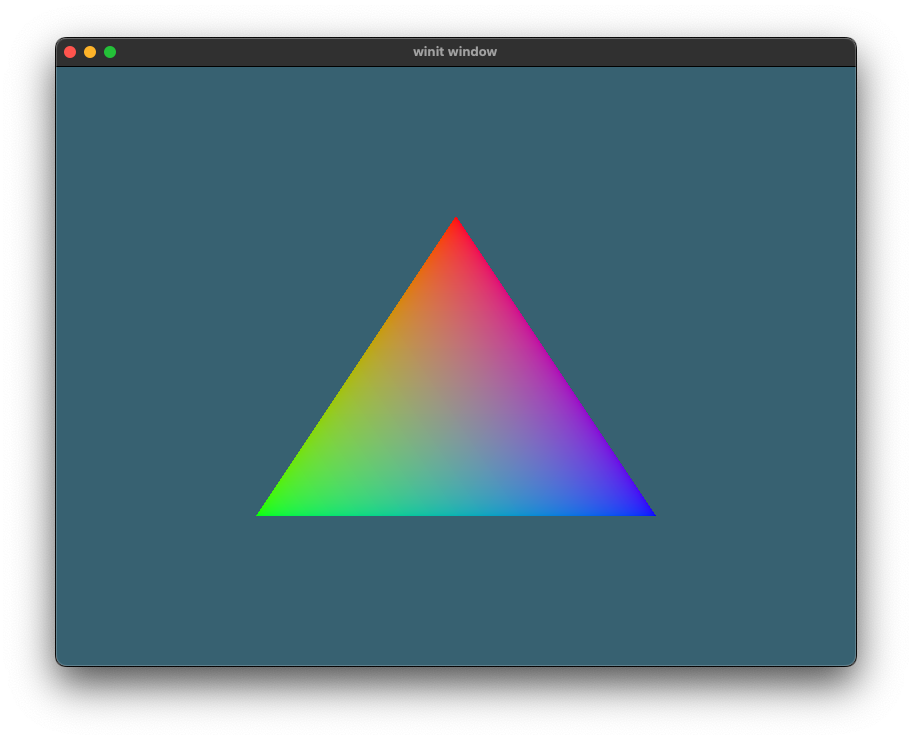Interesting reads
- Arc and Mutex in Rust - useful examples and explanation about thes Rust types
Ramping up on the custom rendering engine by going through the excellent Learn Wgpu tutorial. There's not much to say that's insightful here, but I find it's nice to create "early days" blog posts and images to highlight progress over time.

Though pedantic, I'd argue wgpu has a lot of configuration. I tend to consider boilerplate code common text that must be repeated to properly structure or specify another piece of non-common configuration or otherwise unique code. (Note: my personal definition is very different from AWS' definition which portrays "boilerplate" as a positive). By "must be repeated", I'm alluding to the kind of code that cannot be encapsulated easily into a reusable function, library, or other standard language primitive -- let's ignore macros certainly blur that line and just run with this hand-wavy definition!
In the context of creating many different wgpu programs, I can see how repeating the exact same configuration would constitue a good deal of "boilerplate code." However, that commonality could be easily wrapped into a reusable library, which -- if we're willing to run with my definition of boilerplate code! -- means it is not boilerplate code as the code does not have the quality that it "must be" repeated.
In the context of a single program, wgpu strikes me simply as a very low-level library with detailed, highly structured configuration.